On October 11, 2025, a sudden clash erupted between Pakistani forces and Afghan Taliban fighters in the early hours of the morning. Within less than eight hours, Pakistan claimed victory, demonstrating a level of operational efficiency that caught the attention of global powers, including the United States and Russia.
Prelude to the Conflict
In the days leading up to the clash, Pakistan conducted targeted airstrikes within Afghanistan, focusing on Taliban and Tehrik-i-Taliban Pakistan (TTP) leadership positions. Cities such as Kabul, Jalalabad, Khost, and Paktika experienced multiple explosions, aimed primarily at dismantling Taliban command and logistical hubs.
In response, Taliban units crossed the border in a convoy of Humvees and light armored vehicles, attacking Pakistani border posts and reportedly causing 23 casualties and 29 injuries among Pakistani forces. Taliban forces anticipated a swift advantage, but Pakistan’s highly coordinated counteroffensive quickly altered the battlefield dynamics.
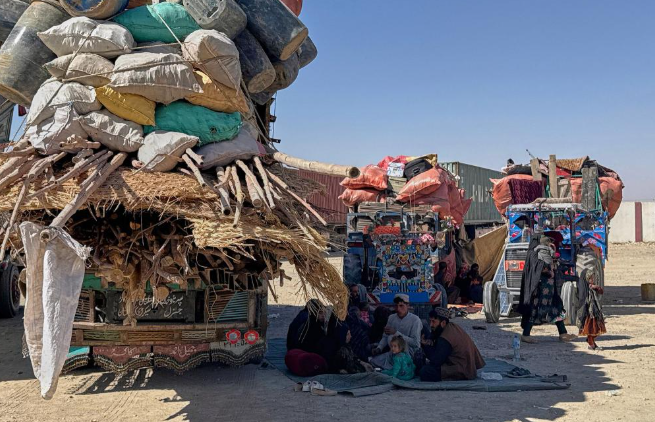
Precision and Coordination
At midnight, Pakistani forces launched a meticulously planned operation. Satellite systems were used to lock onto targets, electronic warfare disrupted Taliban communications, and coordinated air and drone strikes systematically degraded enemy capabilities. This was not an ad hoc deployment; ground, air, and drone units operated in a pre-established “battle corridor,” functioning like a well-oiled machine.
The JF-17 Thunder fighter jets initiated the first wave, targeting ammunition depots, fuel storage, and forward assembly points with surgical precision. These low-yield strikes were designed to disable key infrastructure rather than cause indiscriminate destruction.
The second wave relied on unmanned aerial vehicles (UAVs), including Wing Loong-2, CH-4, and Shahpar-2/3 drones. Flying in coordinated formations, the UAVs maintained persistent pressure on Taliban frontlines. The main advantage of this drone swarm was not sheer destructive power but endurance and coverage. Multiple UAVs remained airborne in shifts, denying the enemy any respite.
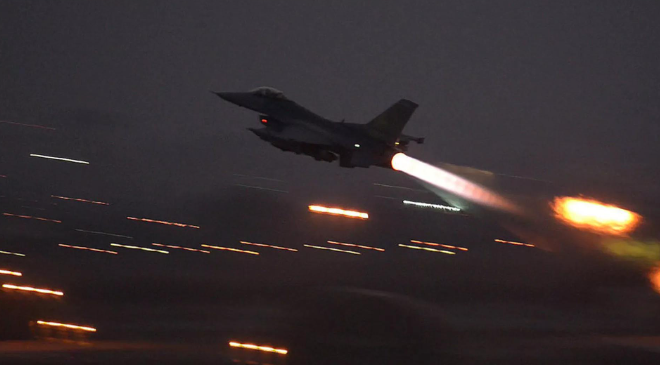
Small precision-guided munitions, such as the Burq series with 10-kilogram warheads, were used to neutralize fortified positions. With an accuracy of 1.5 meters and a range of 12 kilometers, these munitions could penetrate structures and detonate interior targets effectively, minimizing collateral damage while maximizing disruption.
Turning the Tide
By 3 a.m., Taliban forces began exhibiting signs of disarray. Command and communication lines were severed, supply points destroyed, and forward posts left unsupported. Some fighters abandoned vehicles, while others surrendered.
As dawn approached, Pakistani ground forces advanced, supported by UAV reconnaissance and close air support. Key positions, including Angoor Adda, Shapora Kula, and various tank emplacements, were systematically secured. By the operation’s end, 19 strategic positions had been captured, with satellite imagery and field photographs documenting the success.
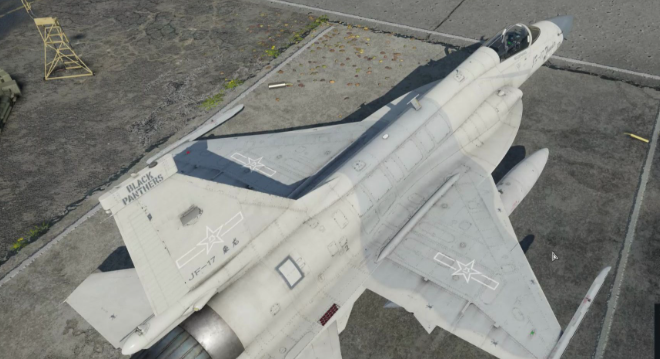
Casualty reports suggest a near 1:10 ratio, with Taliban losses in the hundreds, while Pakistani casualties remained under 50. The swift outcome reflected a system-based operational approach rather than reliance on sheer manpower or attrition.
Systemic Advantages and Chinese Support
The effectiveness of the operation highlighted the integration of technology, process, and tempo. Air assets initiated strikes, drones suppressed enemy positions, and infantry units completed the capture of territory. Each module functioned in seamless coordination, akin to a high-level strategic game.
Much of the technological backbone originated from China. The JF-17 Thunder is a joint Sino-Pakistani development, while drones like the Wing Loong, CH-4, and precision munitions received Chinese technical support. China’s involvement was indirect, emphasizing systems integration and precision warfare rather than frontline engagement.
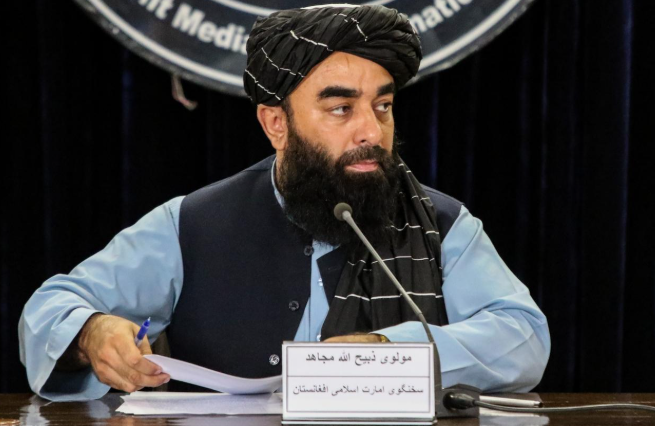
The operation also underscored limitations in conventional U.S. and Russian approaches. While platforms like the U.S. MQ-9 Reaper and Russia’s Su-34 bomber are potent, their high unit costs and limited numbers restrict sustained operational tempo. In contrast, Pakistan employed dozens of UAVs at a fraction of the cost, achieving continuous coverage and high target hit rates—an example of “death economics,” where low-cost precision strikes maximize enemy losses.
Regional Implications
Russia had previously noted the evolving drone-centric operational model. In early October, Russian and Pakistani forces conducted the “Friendship-2025” joint exercise, simulating counter-UAV operations—a prelude, in retrospect, to the border engagement.
Following the clash, both Pakistan and Afghanistan closed border crossings, increasing checkpoints and restricting civilian movement. Taliban forces reportedly encouraged local militias, but Pakistan retained strategic initiative.
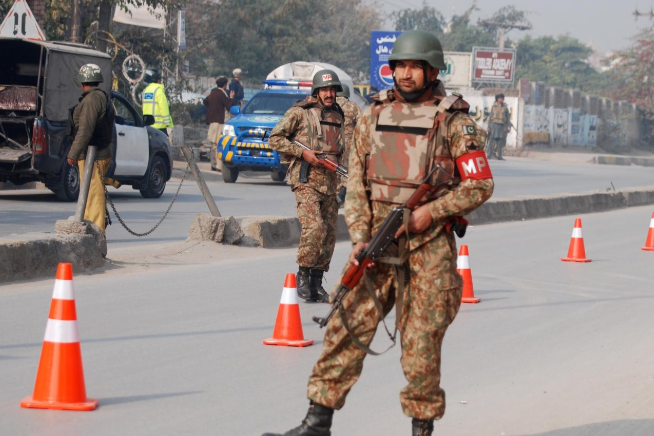
Neither the United States nor Russia intervened directly, but both monitored the events closely. The clash illustrated a shift in battlefield dynamics: success increasingly depends on precision, data-driven coordination, and multi-platform integration rather than massed forces or brute firepower.
Conclusion
By sunrise, Pakistani forces had secured control, with the battlefield cleared and operational objectives achieved. The operation exemplified modern system-based warfare, leveraging UAVs, precision-guided munitions, and coordinated command to achieve rapid, decisive outcomes.
This engagement highlights a broader trend: the combination of technology, strategy, and process can redefine operational effectiveness, demonstrating that low-cost, high-precision approaches may surpass traditional heavy-asset deployments.
References:
- “Pakistan and Afghanistan Exchange Fire: Who Mediates, Who Provokes?” Dazhong Daily, 2025-10-14
- “Taliban Claims Killing 58 Pakistani Soldiers, Pakistan Claims Capture of 19 Posts,” Beijing News, 2025-10-12
- “Russia-Pakistan Joint Anti-Terror Drills ‘Friendship-2025’,” Xinhua News, 2025-10-10


